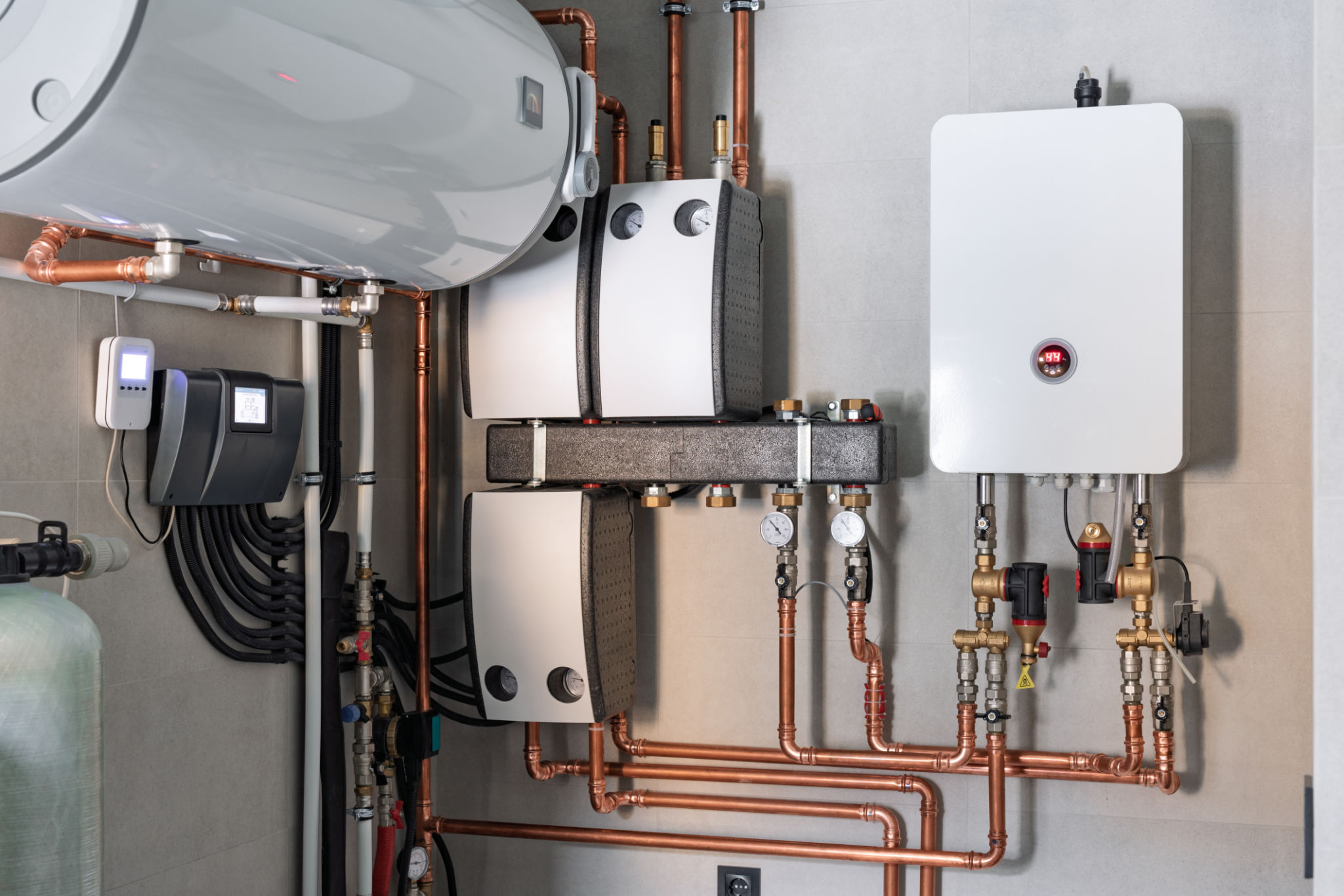Case Study: Successful Drain Pipe Replacement in a Fairfield County Commercial Building
Introduction to the Project
In the bustling business hub of Fairfield County, maintaining infrastructure in commercial buildings is crucial. One such vital project was the successful drain pipe replacement in a prominent commercial building. This case study explores the process, challenges faced, and the ultimate success of this essential undertaking.

Initial Assessment and Challenges
The project began with a thorough assessment of the building's existing drainage system, revealing several issues including leaks and blockages due to aging pipes. The primary challenge was to replace the compromised pipes without disrupting the day-to-day operations of businesses within the building. Additionally, coordinating with multiple stakeholders added a layer of complexity to the project.
Strategic Planning and Coordination
With challenges identified, a strategic plan was formulated. The team decided to utilize a phased approach to minimize disruption. By using state-of-the-art technology and materials, they ensured the longevity and efficiency of the new drainage system. Coordination with building management and tenants was key, with regular updates provided to all parties involved.

Execution of the Replacement
The actual replacement work was carried out during non-peak hours, effectively reducing the impact on business operations. The team employed trenchless technology, which allowed for minimal excavation and ensured a faster installation process. This innovative approach not only saved time but also preserved the building's structural integrity.
Technology and Materials Used
Modern materials such as high-density polyethylene (HDPE) pipes were chosen for their durability and resistance to corrosion. The use of advanced technology allowed for precise installation and alignment, ensuring optimal performance of the new drainage system.

Outcome and Benefits
The successful replacement of drain pipes resulted in a more efficient drainage system, significantly reducing maintenance costs and potential downtime for businesses within the building. This proactive approach not only enhanced operational efficiency but also contributed to a healthier environment by preventing leaks and water damage.
Feedback from Stakeholders
Feedback from stakeholders was overwhelmingly positive. Building management appreciated the seamless execution, while tenants reported minimal disruption to their operations. The collaboration and communication throughout the project were highlighted as key factors in its success.
Conclusion
This case study illustrates how strategic planning, innovative technology, and effective communication can lead to successful infrastructure upgrades in commercial buildings. By addressing potential issues proactively, businesses can ensure a safe and efficient environment for their operations, ultimately contributing to long-term success.
